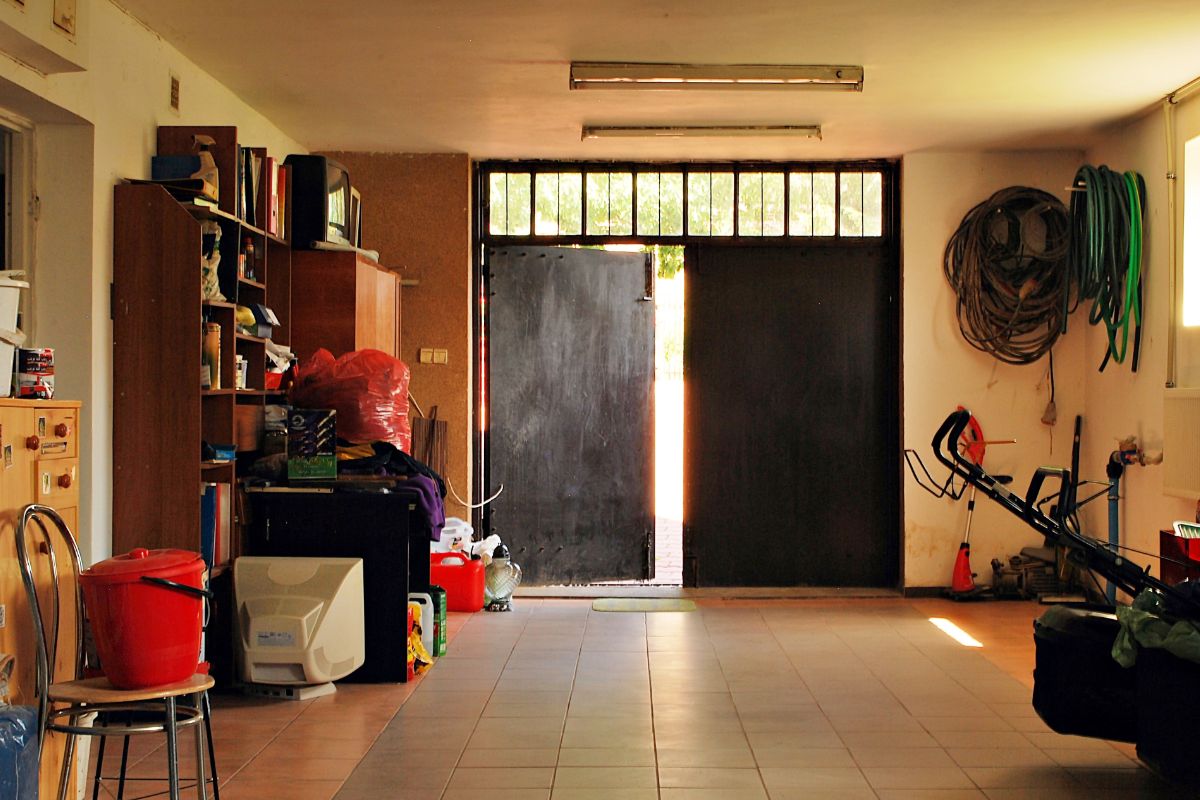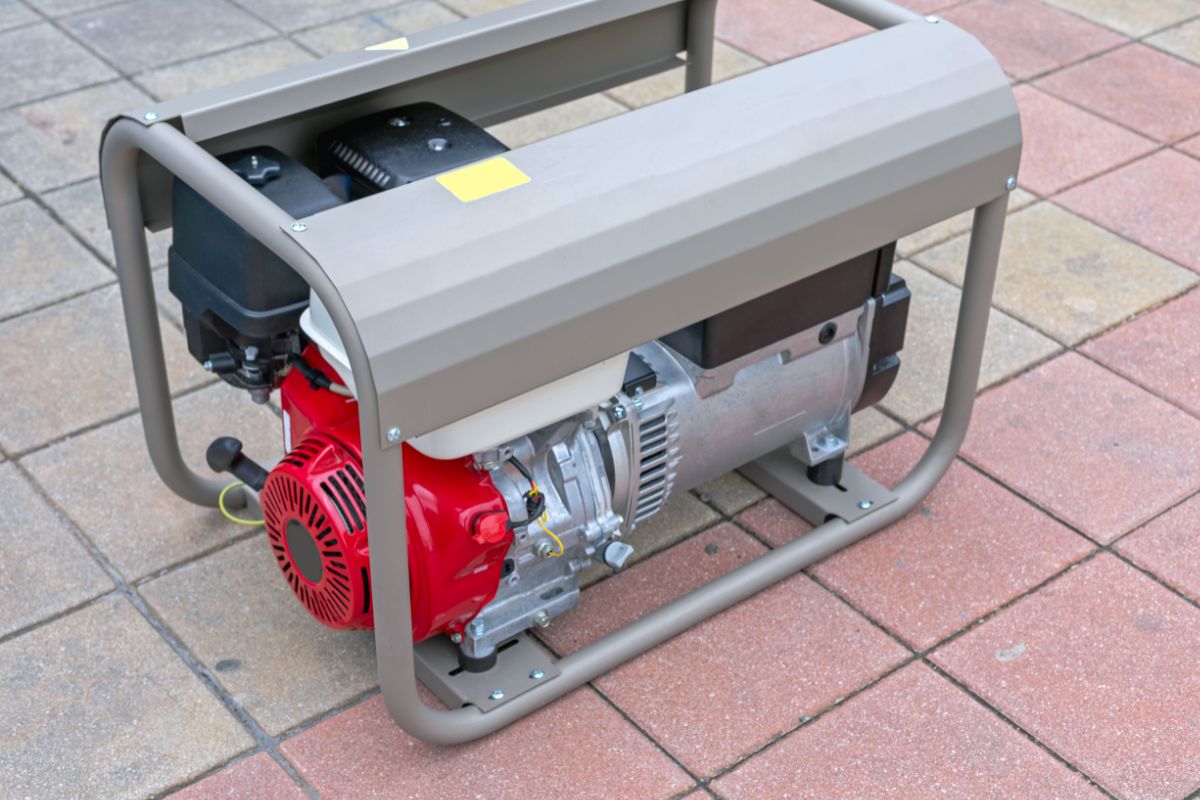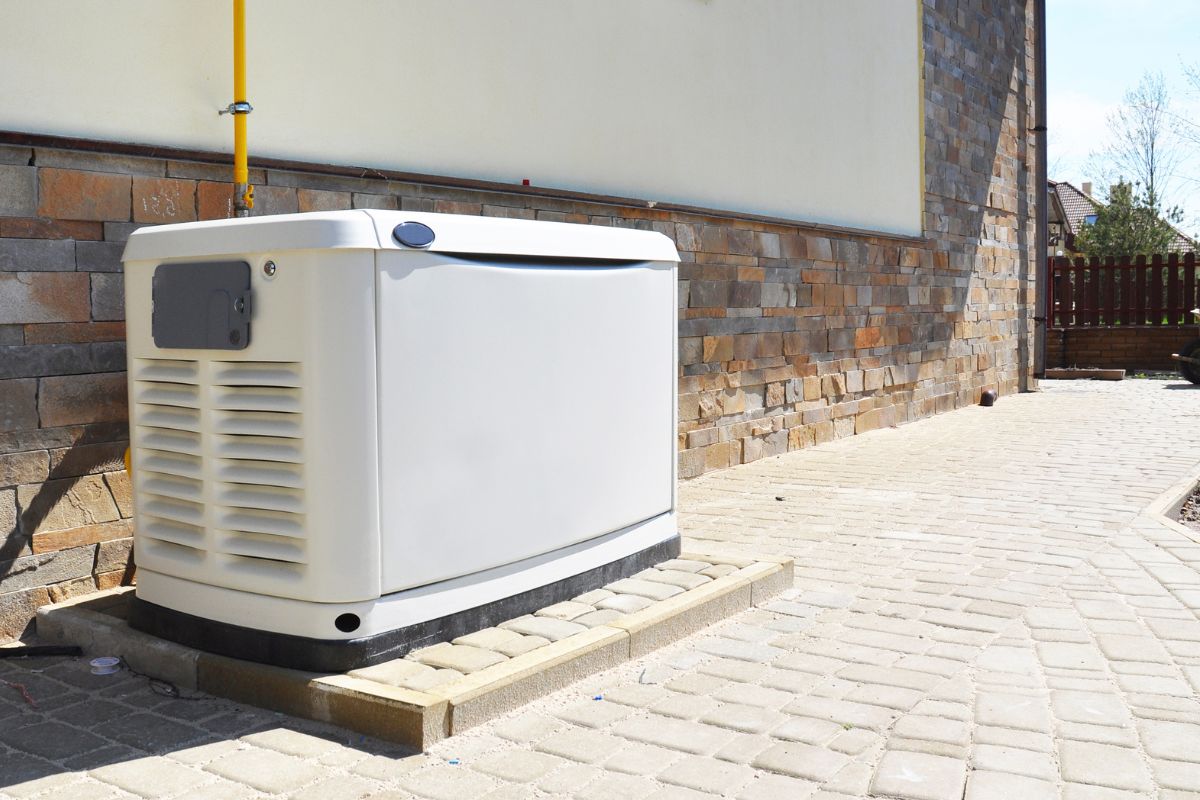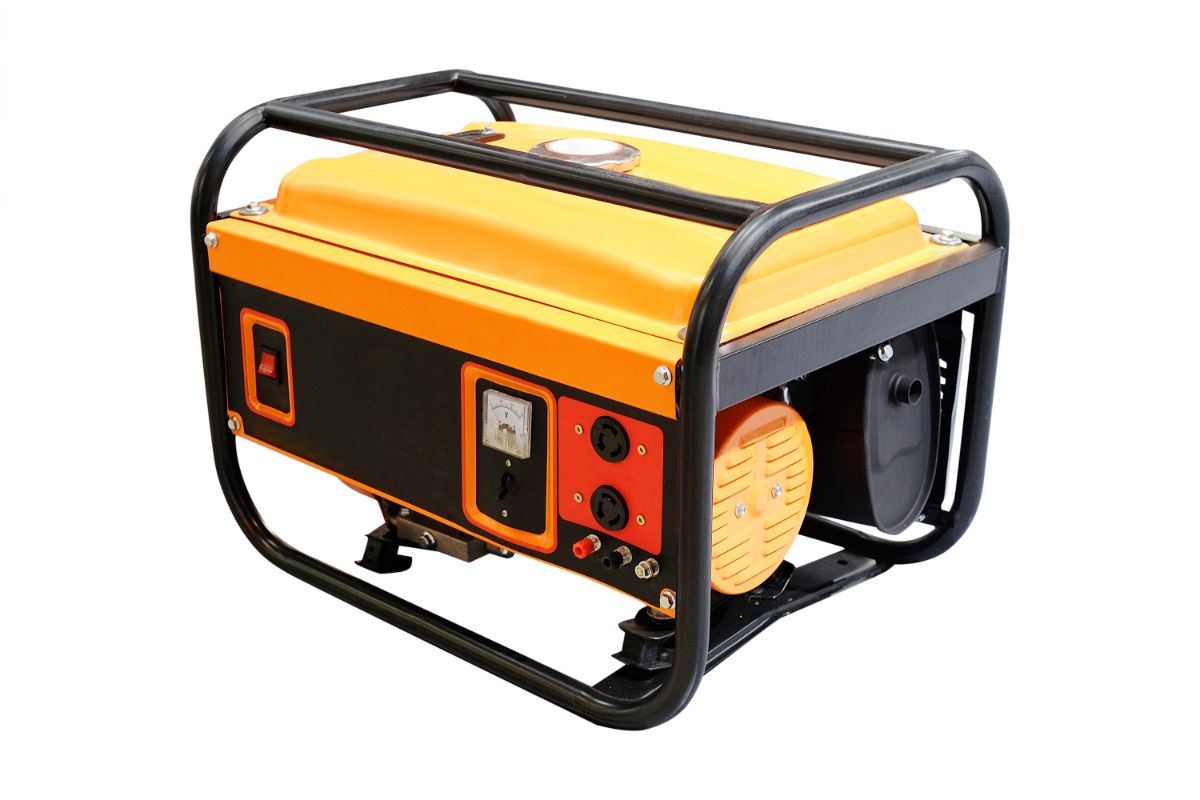Renogy has earned their position at the top of solar market mountain, in part by producing comprehensive solar starter kits, allowing people to ease their reliance on grid power both in the home and on the road without having to research a multitude of discrete components.

They sell a variety of different solar kits, each differing in terms of panel count and wattage, but the one that seems to have drawn the most attention in recent years is their 200-watt monocrystalline system for RVs.
So I decided to pick this solar kit up and see if it’s really worth all the hype, and having spent a few months with it now, I’m ready to pass on my findings to you!
Renogy 200 Watts Solar Panel RV Kit At A Glance
This kit is designed to make solar energy as accessible as possible to the average Joe who perhaps knows very little about the technology and gear involved.
It arrives with almost everything you need to get started, and thanks to the included mounting bracket, it can be installed on an RV roof in record time.
REVIEW
Renogy 200 Watts Solar Panel RV Kit
Short on time? No problem, check out this pros and cons list for an abridged version of my Renogy 200-watt solar RV kit review.
Pros
- Quality mono panels
- Excellent charge controller
- Bluetooth module enables remote control via phone
- Pre-drilled mounts make installation a breeze
- USB port for recharging small electronics
Cons
- You may want to add more weatherproofing to your drill holes.
- No labels on the controller terminals
Where Can I Purchase The Renogy 200 Watts Solar Kit?
Shop the Renogy 200 Watts Solar Panel RV kit here.
Renogy 200 Watts Solar RV Kit: Review
Without further ado, let’s dive into my review!
What’s In The Box?
There are plenty of treats to unbox when this kit reaches your doorstep.
The main events are the two 100-watt solar panels and the Renogy Adventurer PWM charge controller, but alongside these exciting components are all the little essentials, such as self-tap screws, mounting frames, MC4 branch connectors, PV cables, and battery cables.
You also get a nifty Bluetooth module that lets you analyze panel performance remotely on your phone, but more on that a bit later.
Everything was extremely well packaged – something Renogy is known for – and all the individual bits and pieces were in immaculate condition. However, one thing to keep in mind is that this kit doesn’t arrive with a solar battery, so you’ll need to factor a separate one into your budget.
Installation
Installing these panels on a van or RV is a pretty easy job, especially if you’re handy with a drill, but it’s also pretty dang nerve-racking, as you have to use said drill to fill the roof of your pride and joy full of holes.
Of course, this is always going to be the case with solid panels, no matter who makes them. At least with this kit you get pre-drilled mounts that take the sting out of what can be a really tricky task.
You simply head on up with your panels and the mounts, take some time to think about placement, then get drilling. The self-tap screws Renogy provides are pretty decent, but I’ve heard that some people replace them with standard nuts and bolts for extra security.
As I’m doing a review of this kit, I thought I’d better use the screws it came with, and I’m pretty happy with how it turned out, but I was a little wary that the small rubber washers wouldn’t be enough to keep the weather from seeping through the drill holes.
So, I applied some exterior silicone to shore them up a bit. Once that was done, wiring the panels was easy, but I have done it before so I know the process well. If this is your first time wiring panels, I’d recommend using one of the many online guides.
The Solar Panels
It’s no secret that Renogy makes some of the most impressive solar panels on the market, so I was expecting great things when this kit arrived at my doorstep — I was not disappointed.
Built on the monocrystalline blueprint, they’re more efficient than most of the panels out there right off the bat, but they’re also exquisitely put together.
When I unboxed them, there wasn’t a scratch on any of the cells, and the aluminum frame was completely rust-free, which bodes well considering they’re on the roof of my van now, exposed to the elements most of the time.
Is The Charge Controller Any Good?
The included Adventurer PWM charge controller is fantastic in many ways.
It’s built like a tank; it’s nice and compact; the terminals are rear-mounted, giving the wired product a very sleek and smart look; and it gives you an error message if you wire the system wrong, which is a great newbie-friendly feature.
With a dirt-simple (in a good way) interface, you pick up operation in a flash, almost instinctively knowing how to navigate the different bits of data offered such as battery temperature, battery charge, panel output in volts, and panel output in amps.
It also has a USB input you can use to charge your phone or any other small electronics with USB charging, which I really appreciate, even if it’s considered a relatively standard addition these days.
But the big win for me on this front is a feature that certainly isn’t a standard across the market as a whole is the pair of inputs next to the primary terminals that allow you to hook up battery voltage and temperature sensors.
As mentioned a moment ago, the controller itself does give you this information, but battery data is always a little off on a charge controller. Using dedicated instruments will always give you a more precise reading of voltage and temperature.
What’s more, it’s fitted out with intelligent battery identification tech that allows it to automatically hit your battery with the most appropriate of four different preset charge patterns, thereby reducing charge times and optimizing battery health.
Furthermore, it will automatically trigger equalization once a month to keep your battery running efficiently at all times. But as impressive as this is, I did feel let down by one small shortcoming… the absence of terminal labeling. I ended up taking a marker and writing labels on the unit myself.
It’s not an issue if you’ve got experience with solar charge controllers, as the terminals are always laid out the same way, e.g. + PV -PV — +battery -battery, but as this kit is aimed at beginners, the lack of labels seems a misstep on Renogy’s part.
Bluetooth BT-1 Module: Flash Or Trash?
There’s one more port on the charge controller that we’ve yet to talk about, and it’s for the Bluetooth module that comes included in the bundle. In my opinion, the BT-1 is one of the best things about this setup.
It doesn’t just make all the info from the charge controller available on your phone; it gives you access to a comprehensive charging history, and you can even toggle between open and closed load.
Perhaps most impressive of all, you can tweak all your load and battery parameters, transforming your phone into a full-blown solar system control hub; I love, love, love it, and I’m certain you will too!
Value For Money
Are there more affordable solar panel starter kits out there? Yes, but are they as good as this Renogy kit? No, absolutely not.
Although you pay a premium, it’s not just for brand reputability; the contents of the bundle are genuinely of higher quality, so, in my opinion, you get great value for your money.
That said, if you’re craving solar on a particularly small budget, perhaps you’d prefer to sacrifice quality in order to save a few bucks — It all comes down to your financial situation and your solar goals.
The Final Verdict
I can think of very few bad things to say about the Renogy 200-watt solar panel RV kit, and I think it’s a fantastic choice, not just for solar newbies, but for hardened solar enthusiasts, too!
The craftsmanship is on point (highlighting Renogy’s impeccable attention to detail), which is reflected in this system’s outstanding performance.
A couple of highlights for me are the thoughtful I/O of the solar charge controller, and the BT-1 Bluetooth module that gives you comprehensive control of your solar system on your phone, a luxury that makes this kit feel more expensive than it actually is.
Ideally, the weatherproofing of the mount would be more robust than simple rubber washers, but you can secure the drill holes yourself as I did with silicone.
Besides that, the only problem I had with this kit was the lack of terminal labeling on the charge controller, but, as I said earlier, a marker can fix that in a jiffy.
200 watts isn’t exactly a massive amount of solar muscle, but this kit is a great way to lay the foundation of a much larger system, so no matter your solar mission, I think the Renogy 200 watts solar panel RV kit is a wise acquisition!
I Give The Renogy 200 Watts Solar Panel RV Kit 4.9/5




